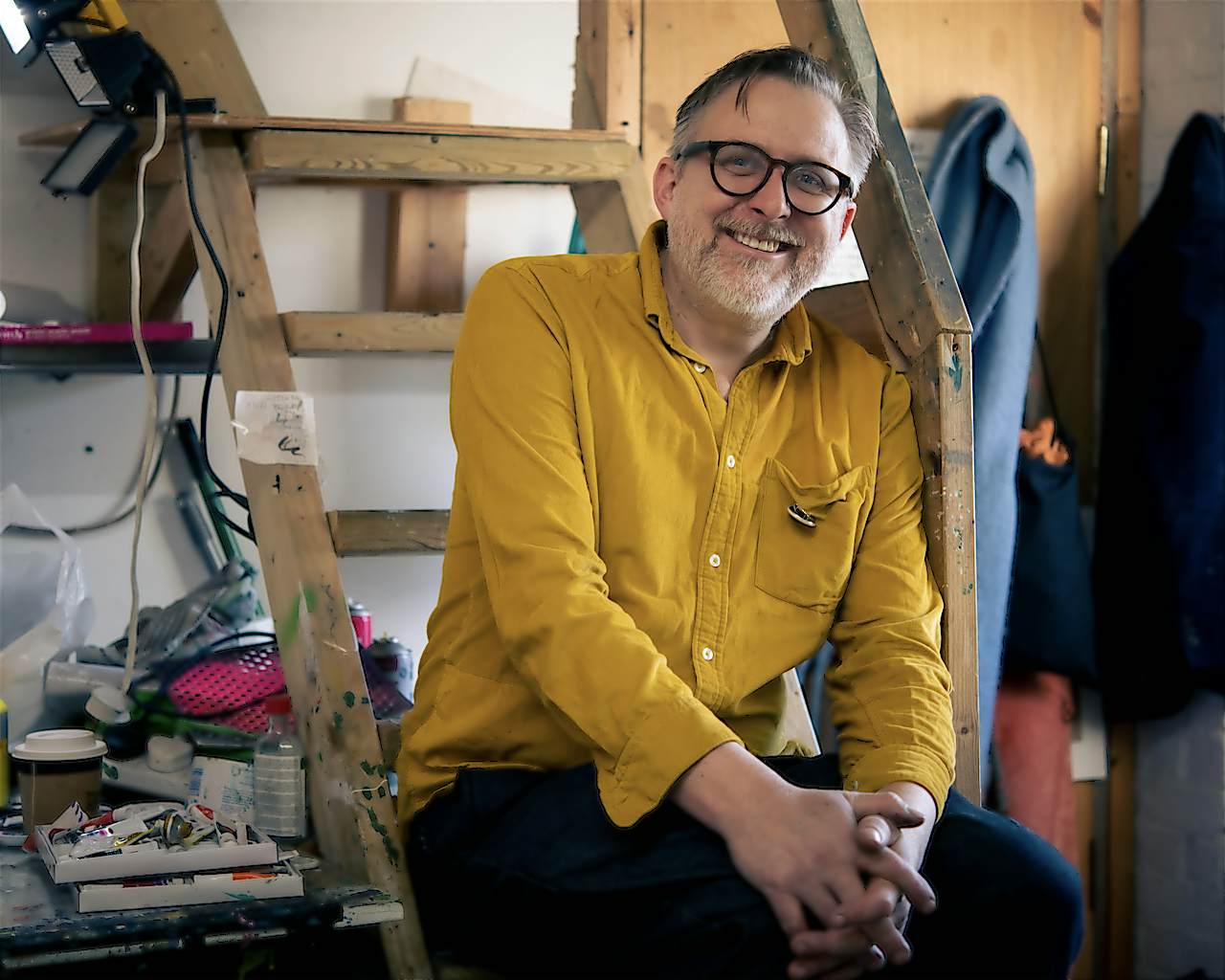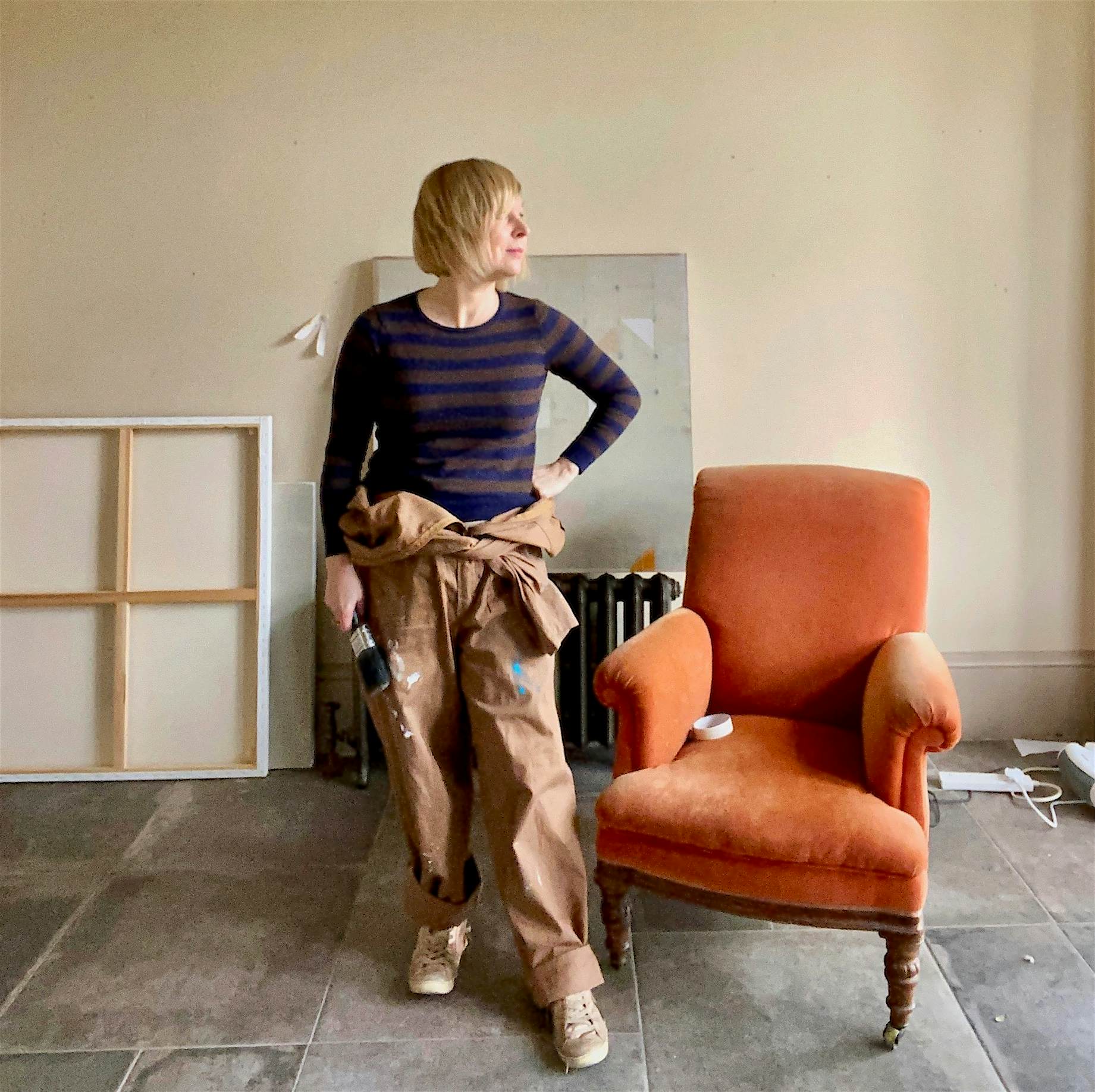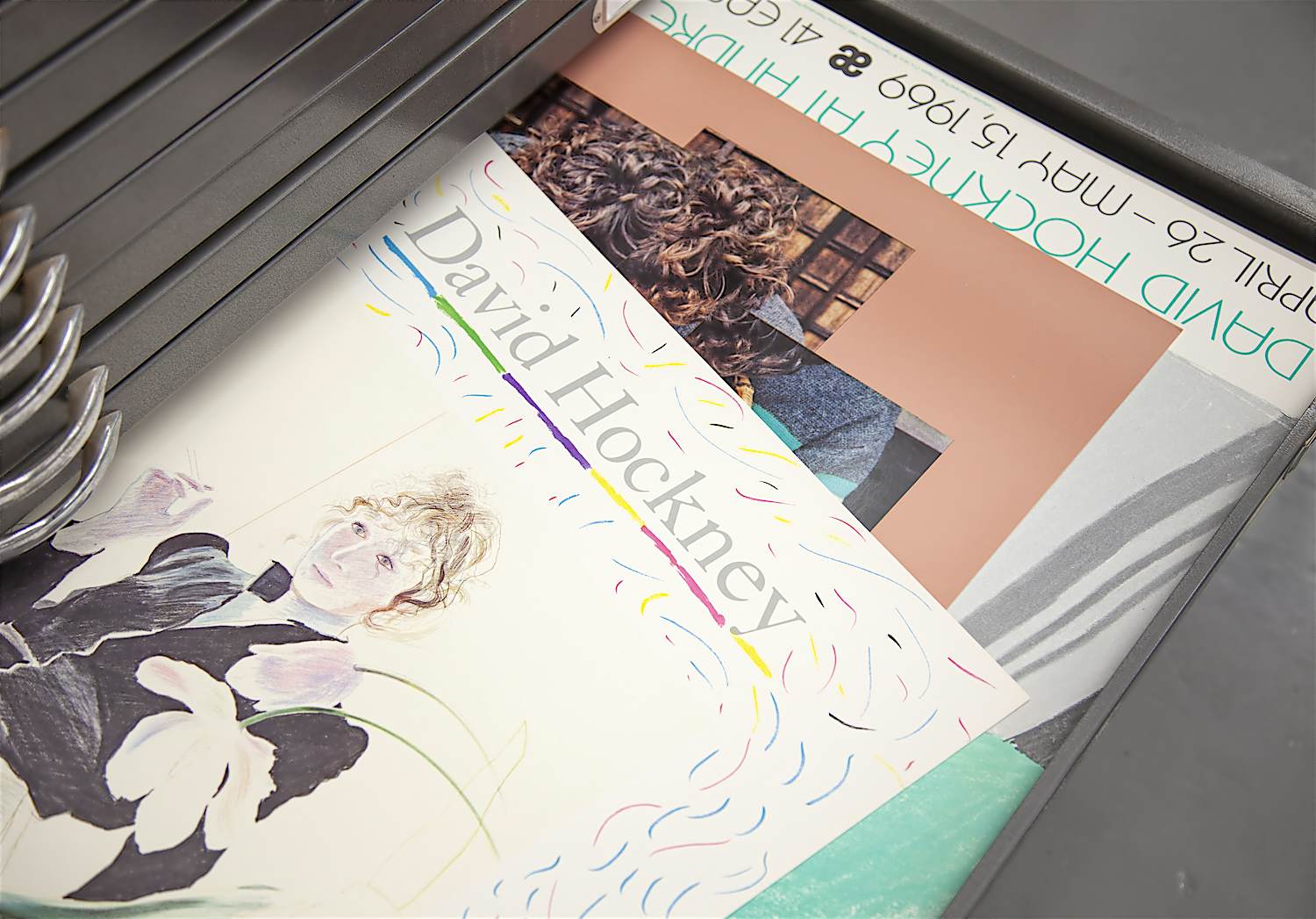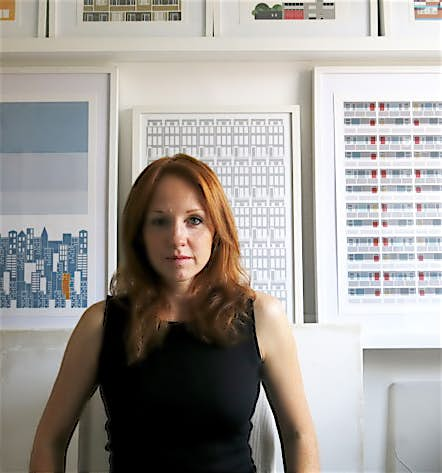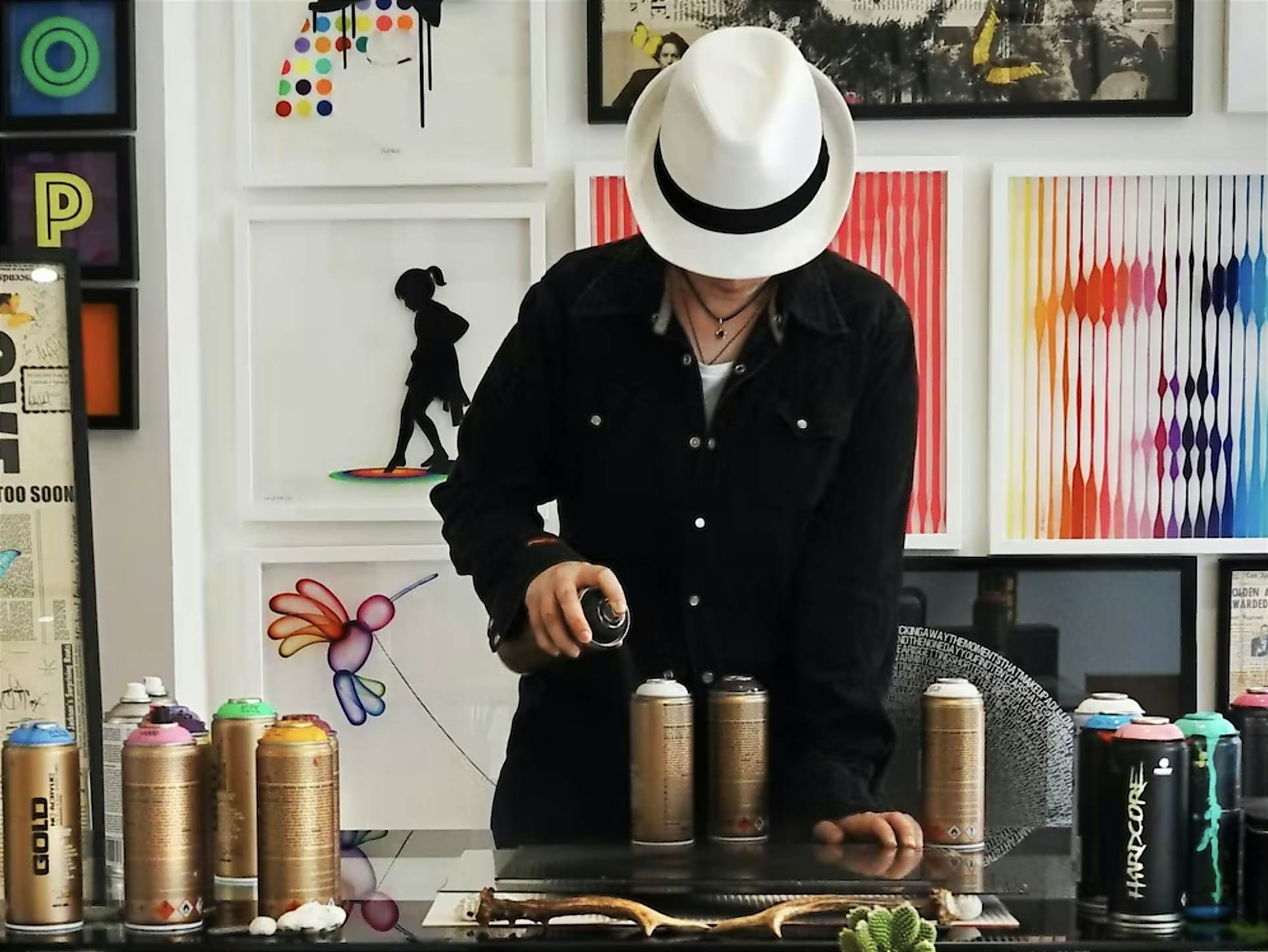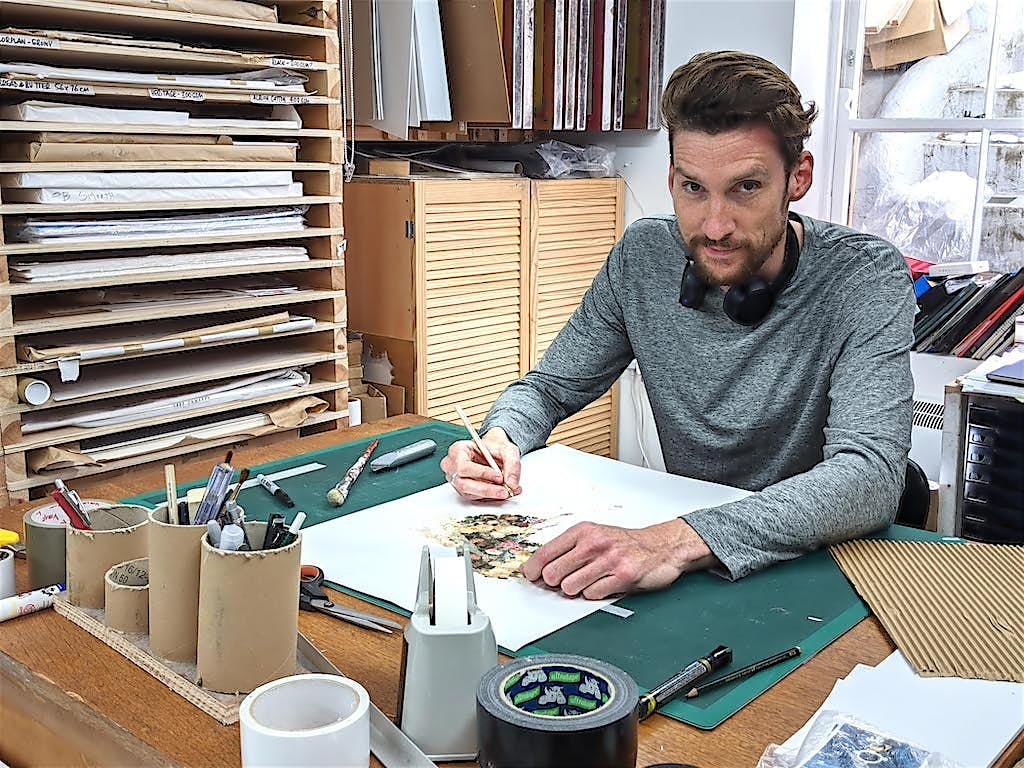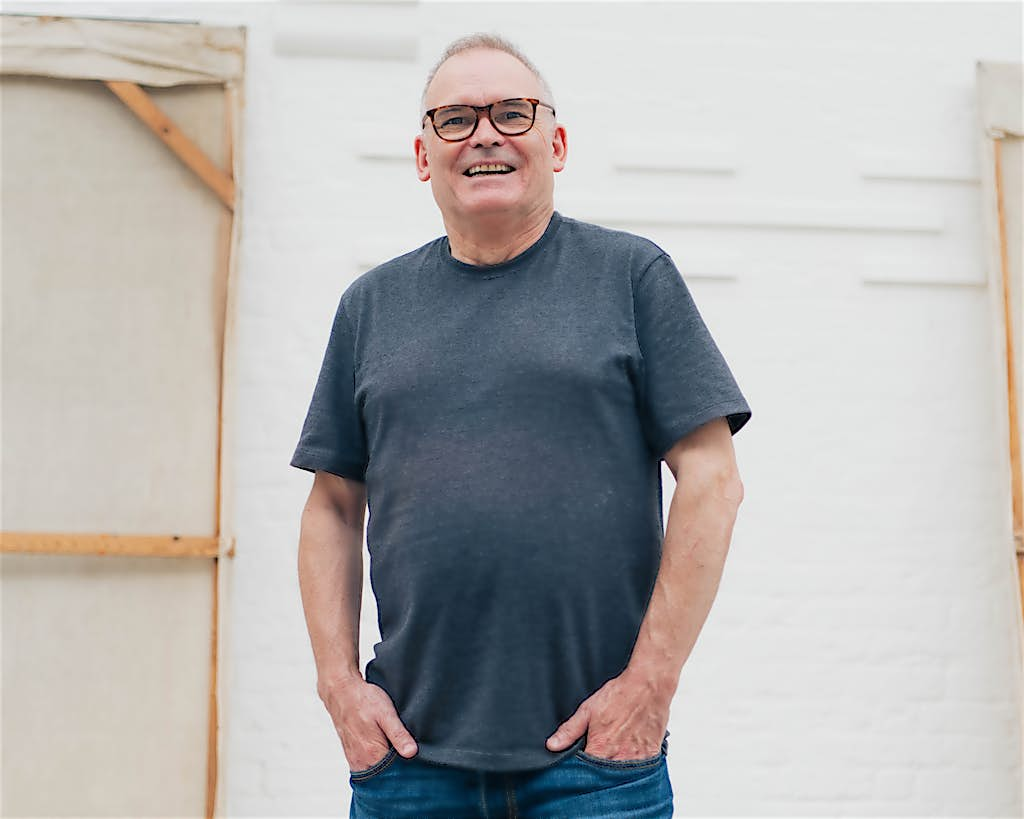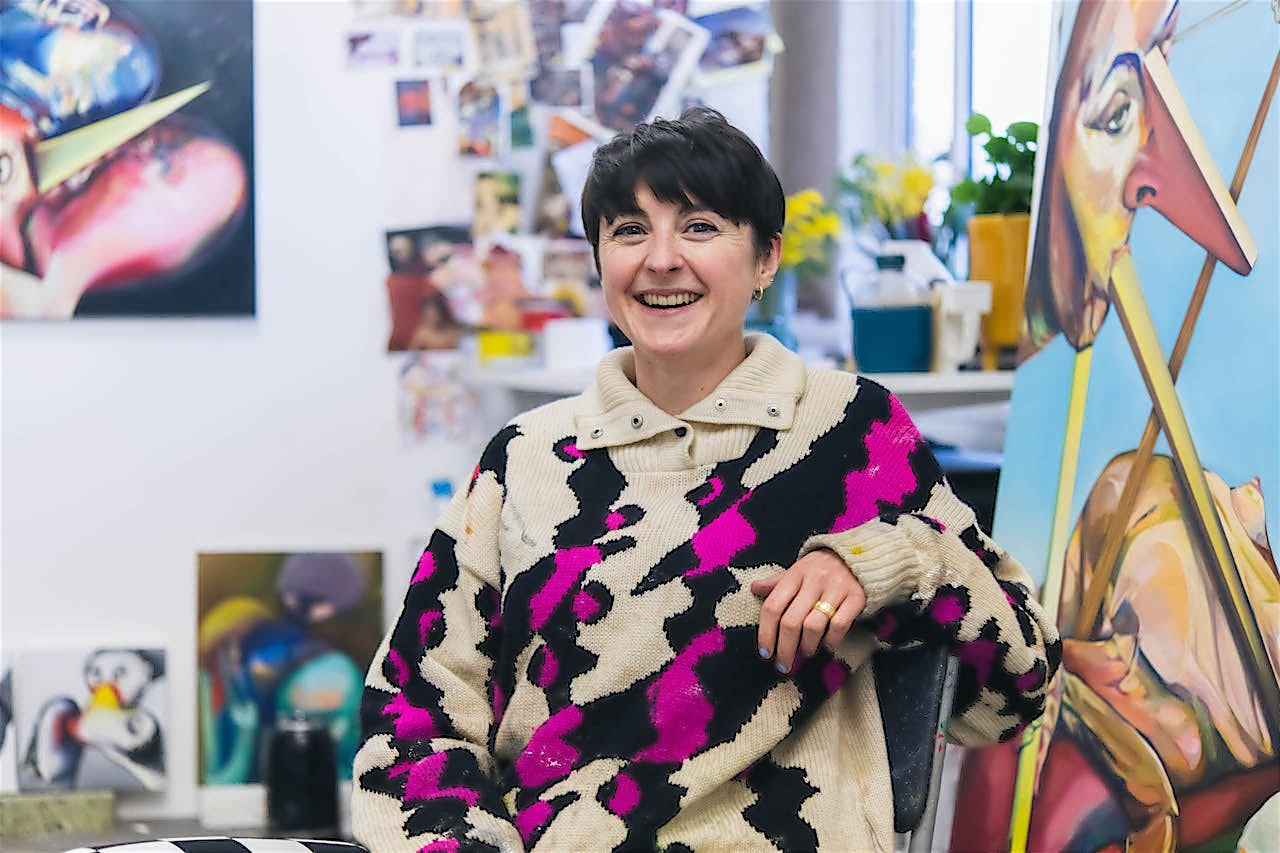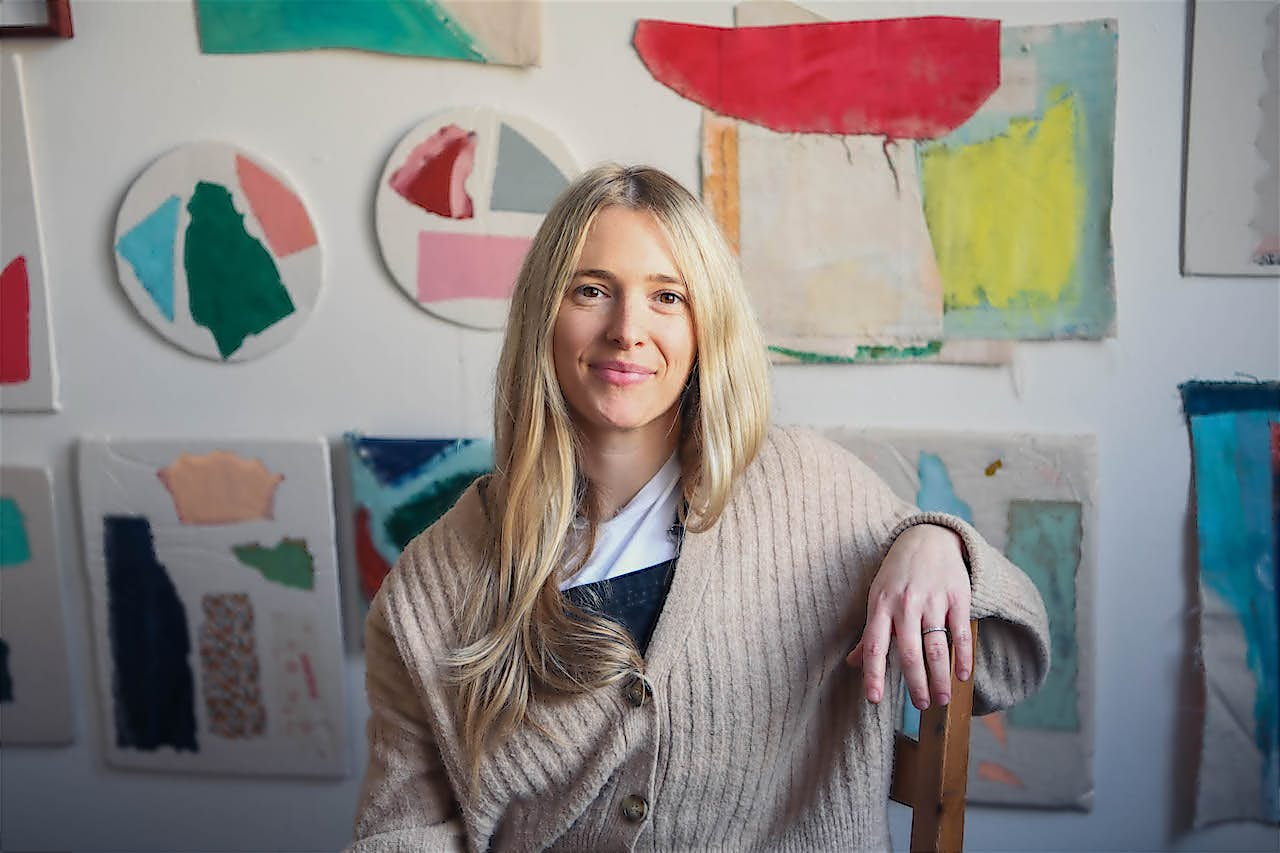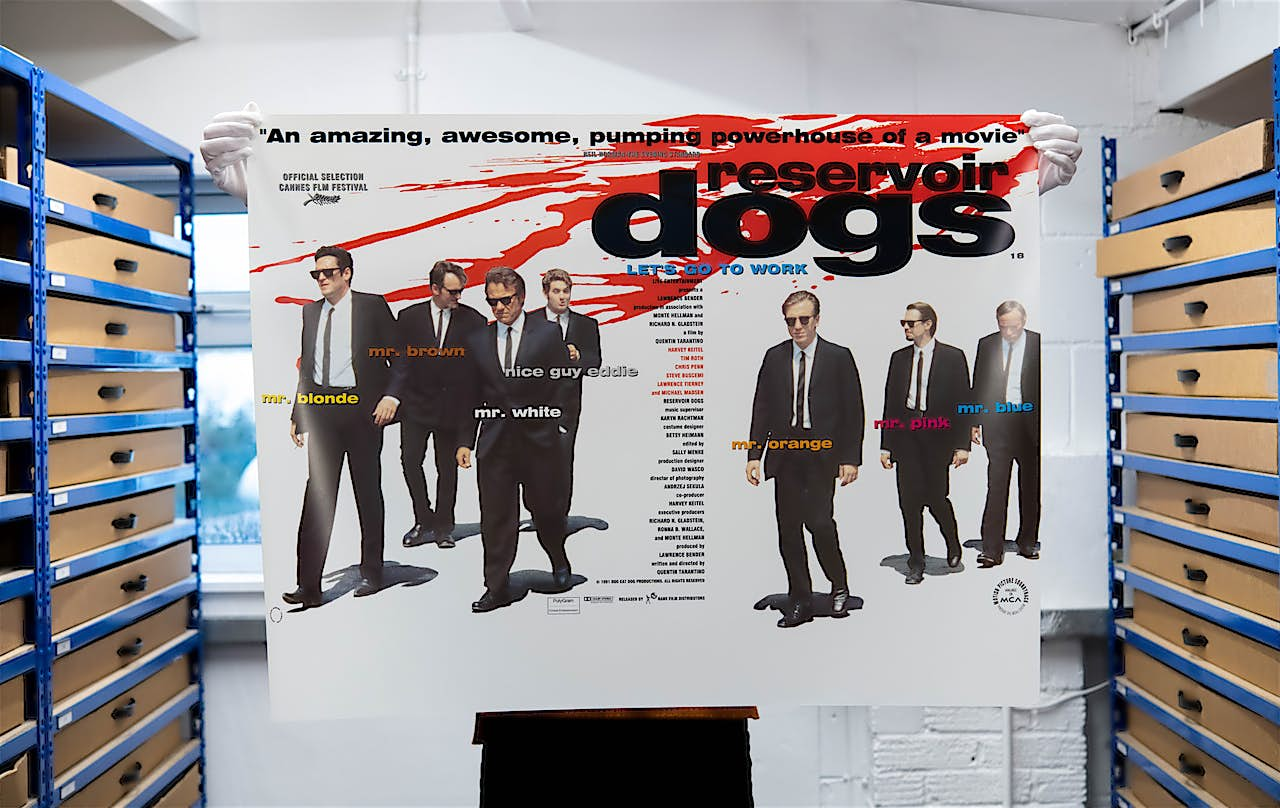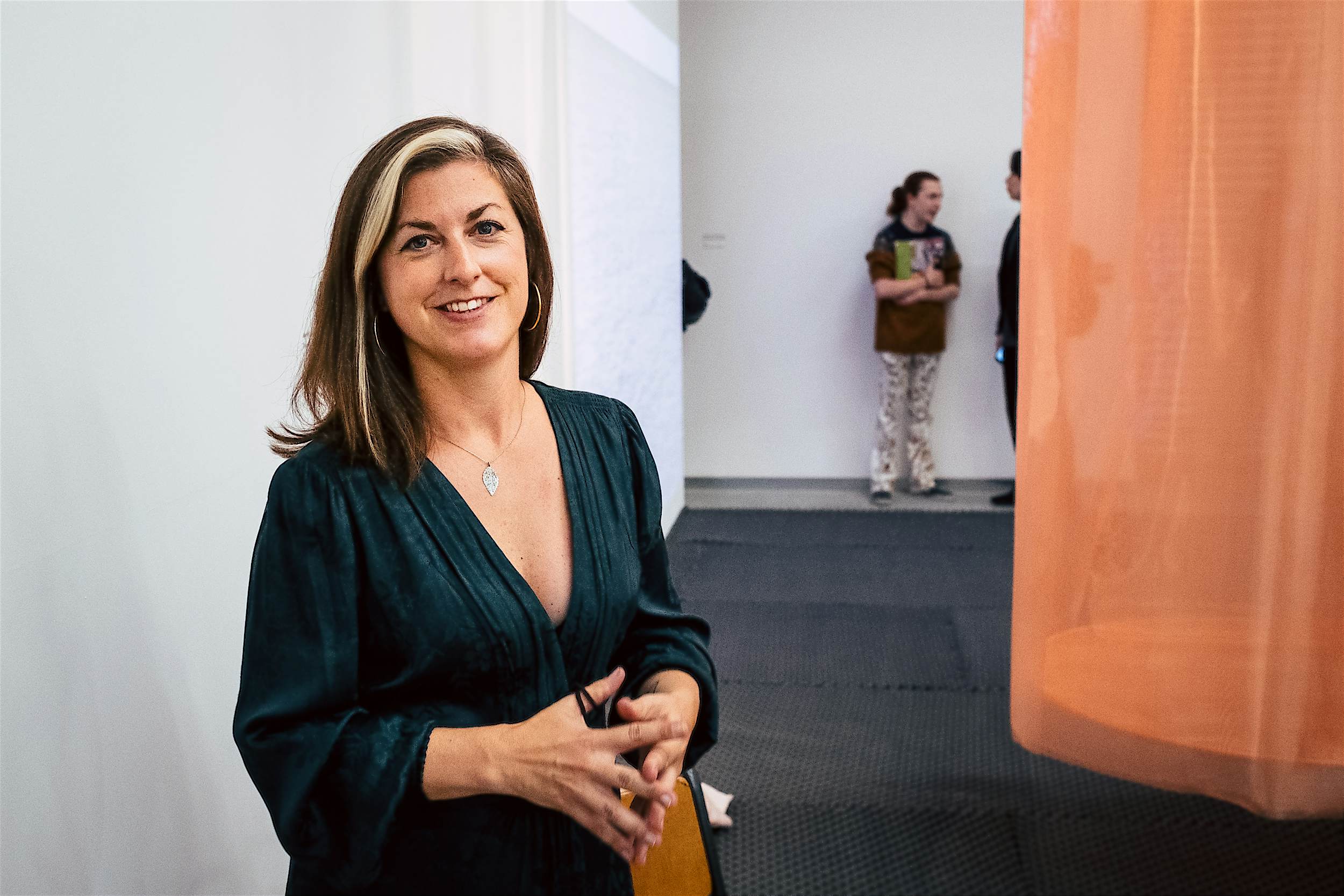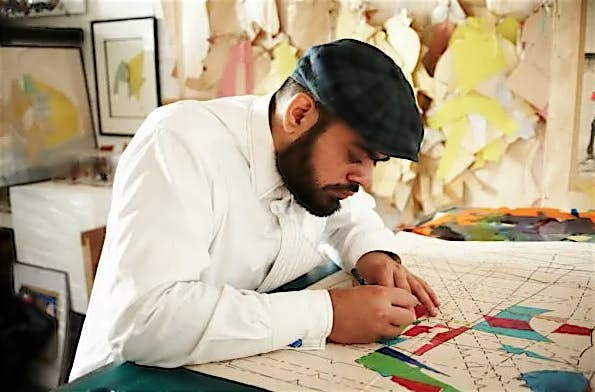Paul Klee, Louis Moilliet, and Auguste Macke’s trip to Tunisia
Reading time: 2 mins
Famous artists have often travelled abroad to find inspiration. Turner’s love affair with Italy, Gaugin’s obsession with Tahiti and, more recently, Hockney’s sun-soaked Californian landscapes are just a handful of noteworthy artistic excursions.
Often overlooked, though, are a trio of Swiss-German painters – Paul Klee, Louis Moilliet and August Macke – who travelled to Tunisia just weeks before the outbreak of World War I.

When they arrived in Tunisia, Paul Klee, Louis Moilliet and August Macke quickly began exploring the country’s colourful cities. Though Klee had previously experimented with different styles and media, including symbolist drawings and black and white illustrations, the Swiss-born German artist’s work took a dramatic turn. For the first time, he tentatively experimented with abstract shapes in the beach town of St Germain.
View of St Germain, 1914 (below), which depicts a landscape dotted with shapes suggestive of houses, trees and mountains, adopts a grid-style composition, opening up the picture plane to multiple, layered perspectives. Though he had struggled to find artistic confidence before, Klee asserted in his travel journal that he had started to consider himself a ‘painter’.
Inspired by the cornucopia of vibrant vistas, Macke produced a series of now-famous Tunisian views. St Germain near Tunis, 1914 (below) – with its inviting balcony overlooking the luminous Mediterranean coastal town – is a particularly striking example.
‘Colour possesses me. It will possess me always, I know it. That is the meaning of this happy hour: colour and I are one.’
Paul Klee
When they travelled south to Kairouan, a lively city filled with Islamic architecture, the artists were dazzled by the brilliant hues they discovered. Traditionally Klee omitted colour in his works, considering it a decorative element. But in Tunisia, it quickly crept into his watercolour studies.
Kairouan Style, Transposed into the Moderate, 1914 (below), with its technicolour arrangement of rectangles and circles, is a particularly powerful display of Klee’s whole-hearted embrace of colour and abstraction.
Perhaps influenced by his readings of Kandinsky’s colour theory, Klee noted in his travel journal, ‘Colour possesses me. It will possess me always, I know it. That is the meaning of this happy hour: colour and I are one.’
Macke, who had previously experimented with strong brushwork and fierce colours borrowed from his Fauvist contemporaries, also hunted for new artistic challenges in foreign lands.
Many of his Tunisian watercolours feature early elements of Orphism. A non-objective style of cubist painting developed by Robert Delaunay and his wife Sonia, Orphism used prismatic hues to suggest movement and harmony.
In The Bright House (Version I), 1914 (below), Macke applies blue paint to the left half of the composition and balances it with shades of yellow and orange in the opposite direction. This cleverly draws the viewer’s attention toward the sunlit-terracotta buildings in the centre of the painting.
Shortly after their trip to Tunisia, World War I broke out. Macke, who was the most prolific artist of the three men (reportedly executing as many as fifty drawings and several watercolours on his most productive days) was drafted into the German army. He sadly passed away three months into battle. Nonetheless, the impressive body of works he left behind has been interpreted as some of the earliest signs of Modernism.
For Klee, the two-week trip to Tunisia altered the course of his art. Over the next twenty years, he obsessively studied and tinkered with colour, as demonstrated by his 1928 oil painting Castle and the Sun. A complex kaleidoscope of abstracted shapes set against a deep copper background, it illustrates Tunisia’s continuing influence on his oeuvre.
Subscribe to our newsletter
Be the first to hear about our new collections, limited edition launches, and enjoy artist interviews.
By subscribing you agree to our privacy policy.
Contact us
01273 511 942
Mon-Fri, 9 am - 5 pm
All art prints and images on this website are copyright protected and belong to their respective owners. All rights reserved.







